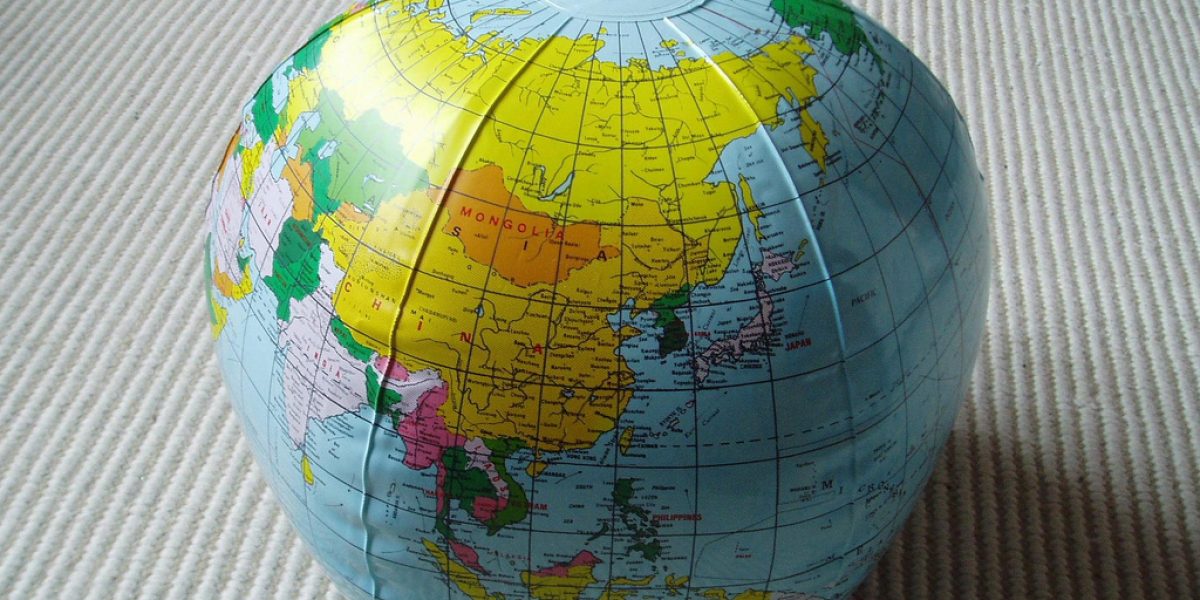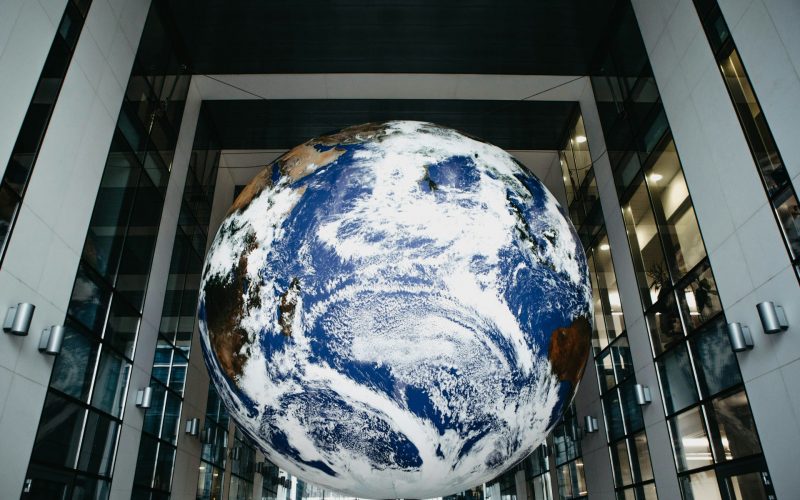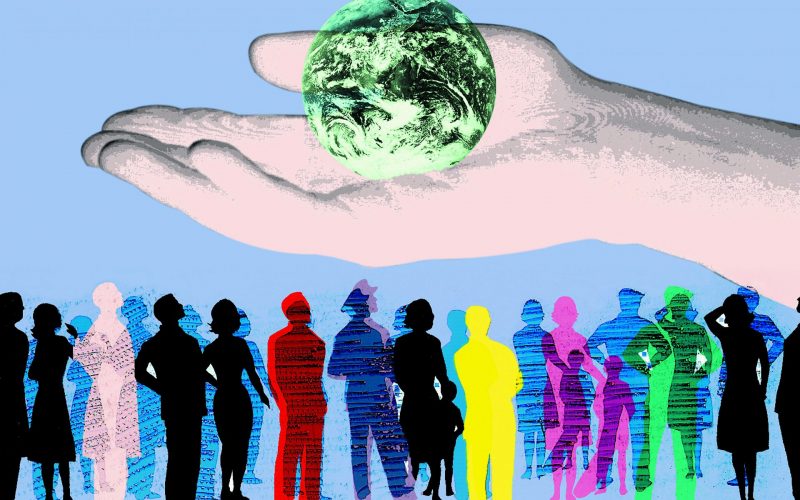With all the talk of “vulnerability” and “low adaptive capacity”, we run the risk of painting sub-Saharan Africa as reactive victim, resigning its role to that of fighting fires and floods. The lingering ash and smog following devastating fires in the Western Cape, even as KwaZulu Natal is flooding, serve as reminders to the gravity of such concerns. However, it tells only a part of the story.
Africa is also central to mitigation efforts. The continent is home to the Congo Rainforest, a tropical rainforest second in size only to the Amazon. Approximately half of this massive forest is found in one country, the Democratic Republic of Congo (DRC). Tropical rainforests, found only between the Tropic of Capricorn and the Tropic of Cancer, play an essential role in regulating global weather patterns. Of global significance, these forests store carbon, produce a significant amount of the world’s oxygen and slow climate change. Yet, forests can serve as either carbon sinks or carbon sources. So it has been estimated that, at 18% of global emissions, emissions from deforestation exceed that of the global transport sector. It is for these reasons that reducing deforestation and degradation in tropical areas such as the DRC is seen as a high priority mitigation option for slowing climate change.
This approach is reaffirmed by a set of international policies referred to as REDD (Reducing Emissions from Deforestation and Degradation of forests in developing countries). In addition to seeing REDD as the forest mitigation option with the largest and most immediate carbon stock impact, the Stern Review on the Economics of Climate Change argues that it is a highly cost-effective way of reducing greenhouse gas emissions. Thus, at the heart of REDD initiatives lies the same logic of figures as behind the broader idea of carbon markets. The idea of paying for environmental services flows from the view that the global public good value of forests cannot continue to go uncompensated. Or, crudely put, “we must make it make economic sense not to cut down a tree”.
It is interesting to note that, even as we realise that we have to rethink the value of a tree, we design initiatives in Rands and cents. While there is some merit to such an approach, we cannot afford to ignore the challenges. Economists, useful as they are, sometimes have a tendency to trust their figures too much. In the process, they risk ignoring human agency. Take the example of forestry in the DRC, where the complexities of governing a resource of global significance, found within the borders of a de jure sovereign state, are compounded by the fact that, in a state where the de facto sovereignty over its territory is weak, most of the real governance decisions about the forest resource are made at the community (local) level. It is at the local level that people depend on the forest, and it is at this level that incentives will have to deliver; to the charcoal producer, the slash-and-burn agriculturalist, basically to the 40 million people who depend on the forest for their livelihoods.
Any grassroots civil society organisation in the DRC can attest to the fact that one cannot simply solve a problem by throwing money at it. They will tell you that money has the potential to create as many conflicts as it solves, and that in addition to material resources, the task is labour and time intensive. Money also does not automatically create jobs, which are desperately needed in a country where more than 60% of the budget comes from donor funding. This is not to say that money cannot be a part of the answer. It simply means that, between designing a framework in the developed world and implementing it in one of the poorest countries on earth lies a long and challenging road.
That being said, one thing is certain: the DRC might be poor, but it is fast realising that its position in the world is again central. And this time it is not because of rubber and ivory, of copper and uranium or even of coltan and cassiterite, but because of some of the most strategic resources of the future: the forests that produce the very air we breathe. This is one of the reasons that Africa is gearing up for Copenhagen 2009: not as a part of the problem, or only as a victim, but as a strategic part of the answer. The challenge is immense, but it is not one we can afford to ignore.









